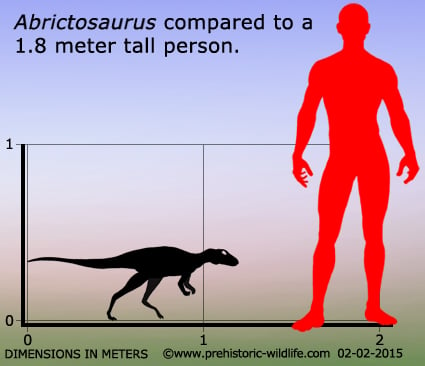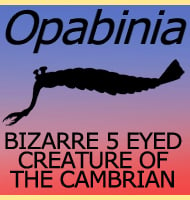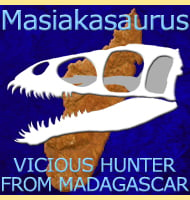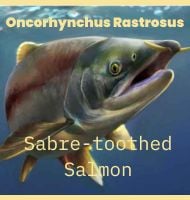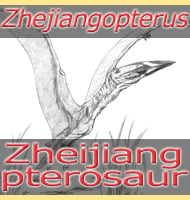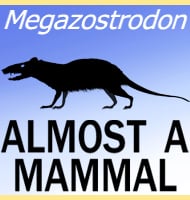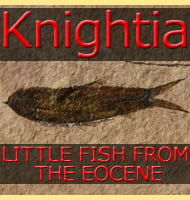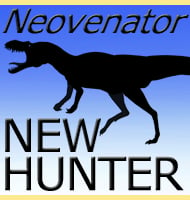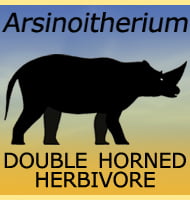In Depth
The description of Abrictosaurus was born out of the naming of a species of Lycorhinus earlier in 1974. The palaeontologist Richard Thulborn had named Lycorhinus consors, based upon a partial skull and skeleton, UCL B54, of what seemed to be a Lycorhinus angustidens, but lacked the tusk like teeth at the front of the mouth. Then in 1975, another palaeontologist named James Hopson was studying UCL A100, another partial skull of a heterodontosaurid that had been assigned to Lycorhinus angustidens by Thulborn. Hopson found the skull to be both different to Lycorhinus angustidens, but also similar to UCL B54, and thus split them from Lycorhinus and placed them within the newly created Abrictosaurus.
Abrictosaurus is still defined by the remains of two individuals, one with the tusk like front teeth (a.k.a. caniniforms) the other without. This raises the serious possibility that the front tusks seen in Abrictosaurus, and by extension other heterodontosaurids were simply signs of sexual dimorphism, with the teeth being present in males, but absent in females, just like in many kinds of tusked animals known today. An alternative theory however is that the lack of teeth in one specimen could be because the genus Abrictosaurus is considered to be basal (primitive) to other heterodontosaur genera, with the teeth in this specimen simply not evolving yet. Alternatively again, the proportions of the skull of UCL B54 are similar to those of known juveniles of other genera, and this raises the notion that the tusks had yet to grow in this individual.
Aside from show, the next popular theory about the tusks is that they were feeding adaptations. This could be either for the digging up of plants such as roots, or even the killing of other small animals. These tusks were the only teeth in the anterior (front) portion of the mouth which was shaped into a cutting beak. Again this beak could have been used to crop vegetation, or slice flesh from a carcass. A further support for the meat eating theory is that the tusks of Abrictosaurus were serrated on the front half, and in other genera like Lycorhinus, the tusks were serrated upon both sides. The cheek teeth towards the rear of the mouth however overlap one another to provide a grinding surface, something of use for a herbivorous diet. It may simply be that dinosaurs like Abrictosaurus and other heterodontosaurids were omnivores, eating both animals and plants.
Further Reading
- On the generic separation of the ornithischian dinosaurs Lycorhinus and Heterodontosaurus from the Stormberg Series (Upper Triassic) of South Africa, James A. Hopson - 1975. - A new heterodontosaurid dinosaur (Reptilia: Ornithischia) from the Upper Triassic Red Beds of Lesotho, Richard A. Thulborn - 1974.
